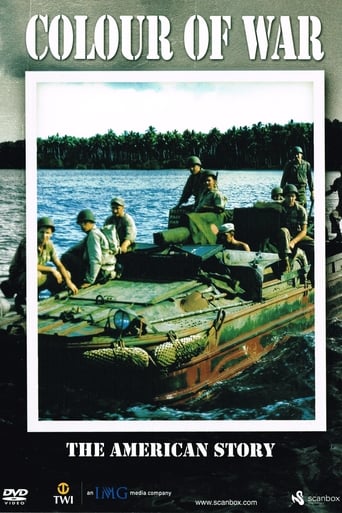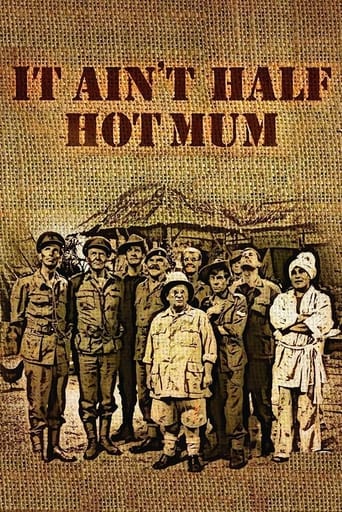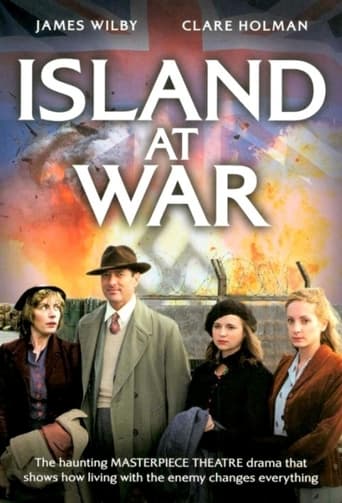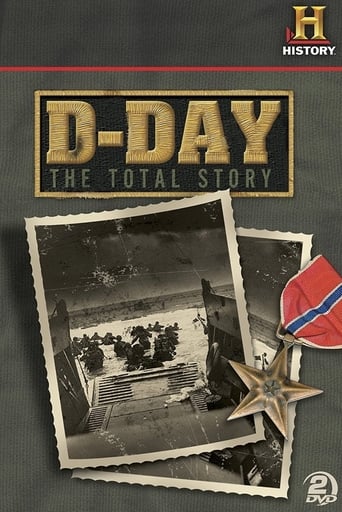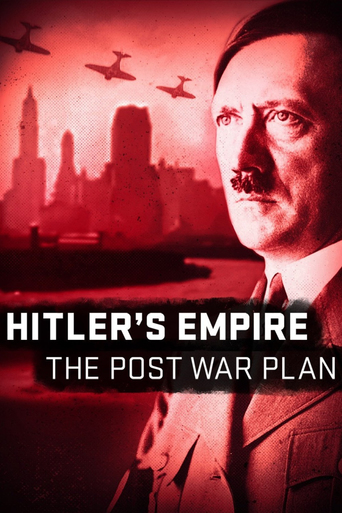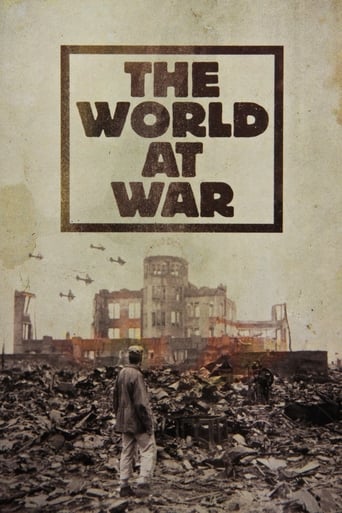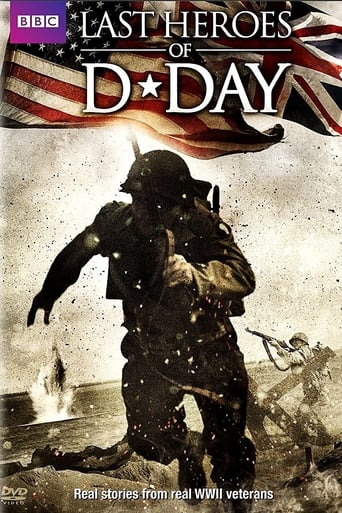The Perilous Fight: America's World War II in Color Season 1

This four-hour series narrated by Martin Sheen captures America's wartime experience through original color film footage and compelling passages from diaries and letters. Rare color footage-much of it never before publicly screened-presents a vivid and intimate portrait of life on the battlefield and on the U.S. home front.
Watch NowWith 30 Day Free Trial!
The Perilous Fight: America's World War II in Color
2003
This four-hour series narrated by Martin Sheen captures America's wartime experience through original color film footage and compelling passages from diaries and letters. Rare color footage-much of it never before publicly screened-presents a vivid and intimate portrait of life on the battlefield and on the U.S. home front.
Watch Trailer
The Perilous Fight: America's World War II in Color Season 1 Full Episode Guide
The series concludes by covering America's efforts to win the war in the Pacific. Among the many scenes captured by color footage are U.S. troops staging a dawn landing on tiny but strategically important Tarawa; the U.S. attack on Iwo Jima and the raising of the American flag on Mount Surabachi; the desperate fight to save the U.S.S. Franklin after the aircraft carrier is hit and set on fire by armor-piercing bombs 50 miles from Japan; U.S. aircraft carriers under attack by kamikaze pilots during the battle for Okinawa; the funeral procession for President Roosevelt following his sudden death in April 1945; the devastation wrought on Hiroshima by the atomic bomb; the Japanese surrender aboard the U.S.S. Missouri; and celebrations in the streets of New York marking the end of the war.
The third episode focuses on the European theater during the months between D-Day, in June 1944, and V-E Day, in May 1945. Among the many scenes captured by color footage are the seizure, two days before D-Day, of a German U-boat carrying Enigma code machines; the massive Allied assault on the beaches at Normandy; the jubilant welcome received by G.I.s after the liberation of Paris; freed American POWs burning their prison; Red Cross "doughnut girls"; the first Jewish Sabbath service conducted at the just-liberated Dachau concentration camp; and V-E Day celebrations following Germany's surrender.
The second episode focuses on the years 1942 to 1944, from the massive buildup of America's military and industrial capabilities to preparations for D-Day. Among the many images captured in color are the mobilization of women and African Americans on the industrial home front and in the military; the internment of Japanese Americans; American troops landing in North Africa, and tank battles in the North African desert; training of African-American aviators at Alabama's Tuskegee Institute; the horrors of the Warsaw Ghetto; activity behind Nazi lines in Yugoslavia, and Yugoslavian resistance fighters helping downed U.S. airmen; and the boarding of troops onto landing craft bound for Normandy, scene of what was to be the largest amphibious invasion in history.
Opening with some of the earliest color motion picture images ever filmed-of a victory parade in Paris at the end of World War I-this episode takes viewers from the years leading up to the outbreak of the Second World War, through the Nazi invasion of Poland that triggered Britain's and France's declaration of war on Germany, to the attack on Pearl Harbor and the Battle of Midway. Among the many scenes captured by color footage are life in Depression-era America; huge Nazi rallies in pre-war Germany; the sinking of a British merchant ship six weeks into the war and the rescue effort mounted by a passing American vessel; civilian refugees streaming along the roads of occupied France; the devastation at Pearl Harbor as photographed by a Navy film unit working for Hollywood director John Ford; and the U.S. victory over the Japanese at Midway—the decisive sea battle of the Pacific war.
Free Trial Channels
Seasons


